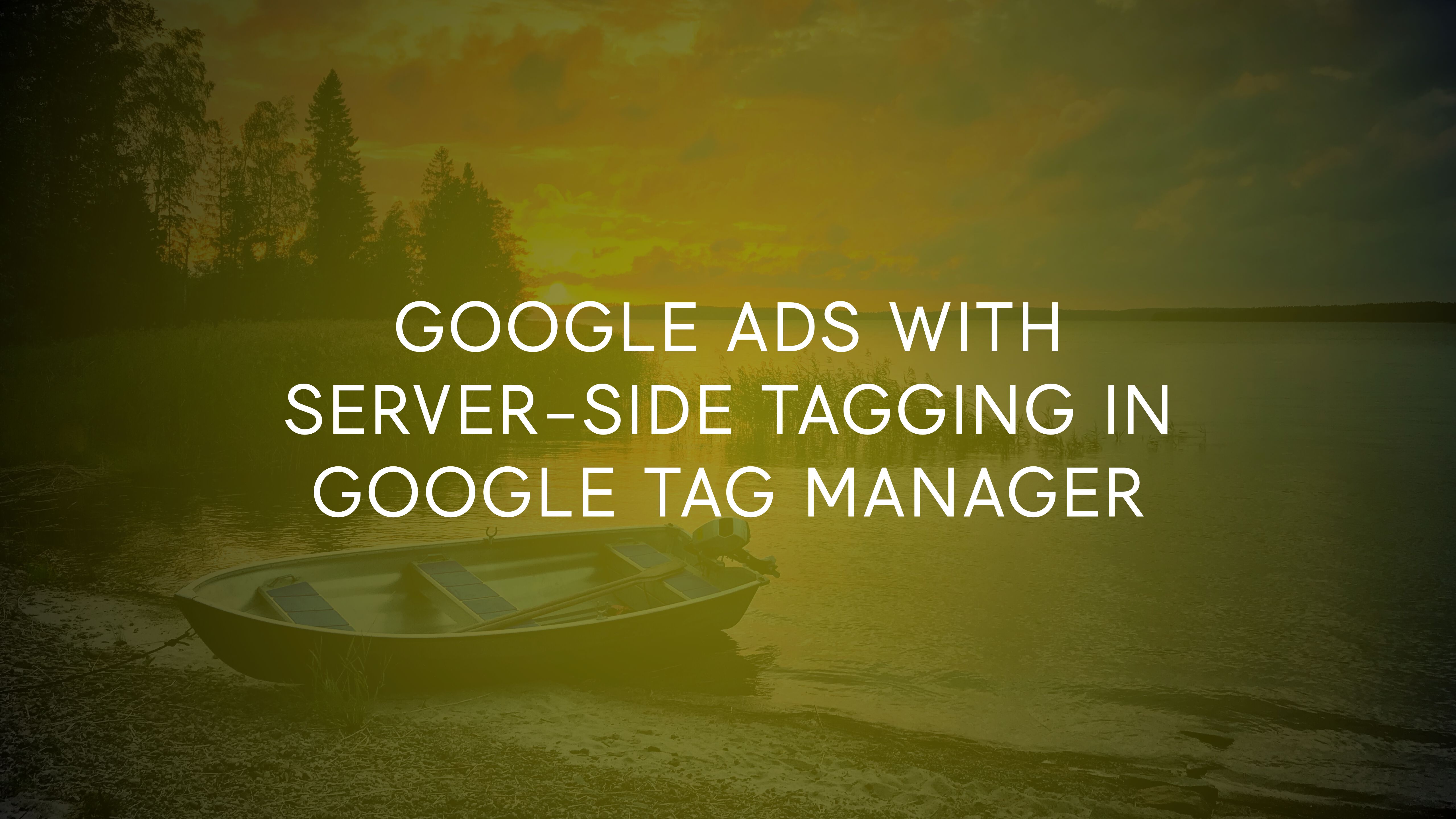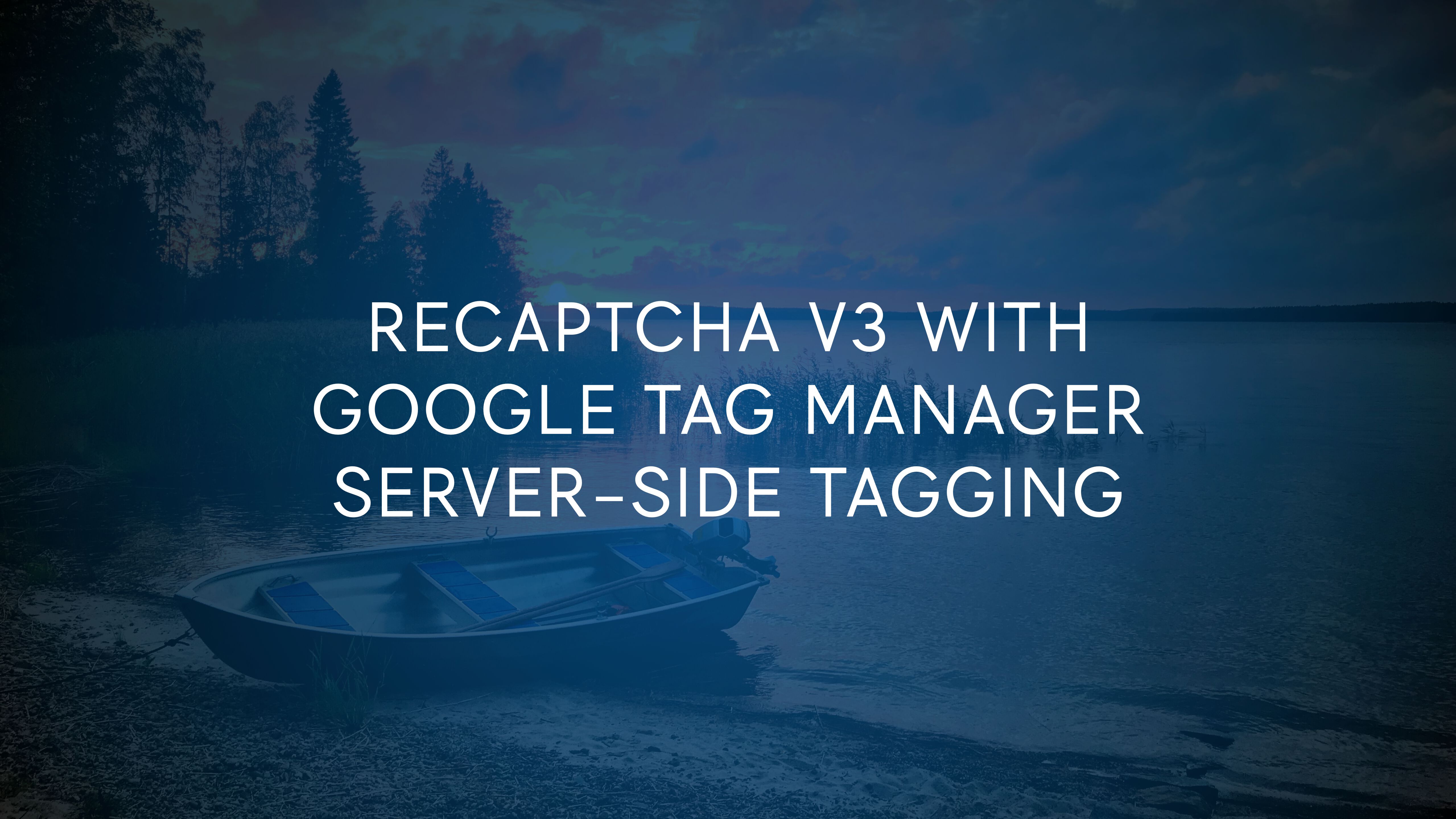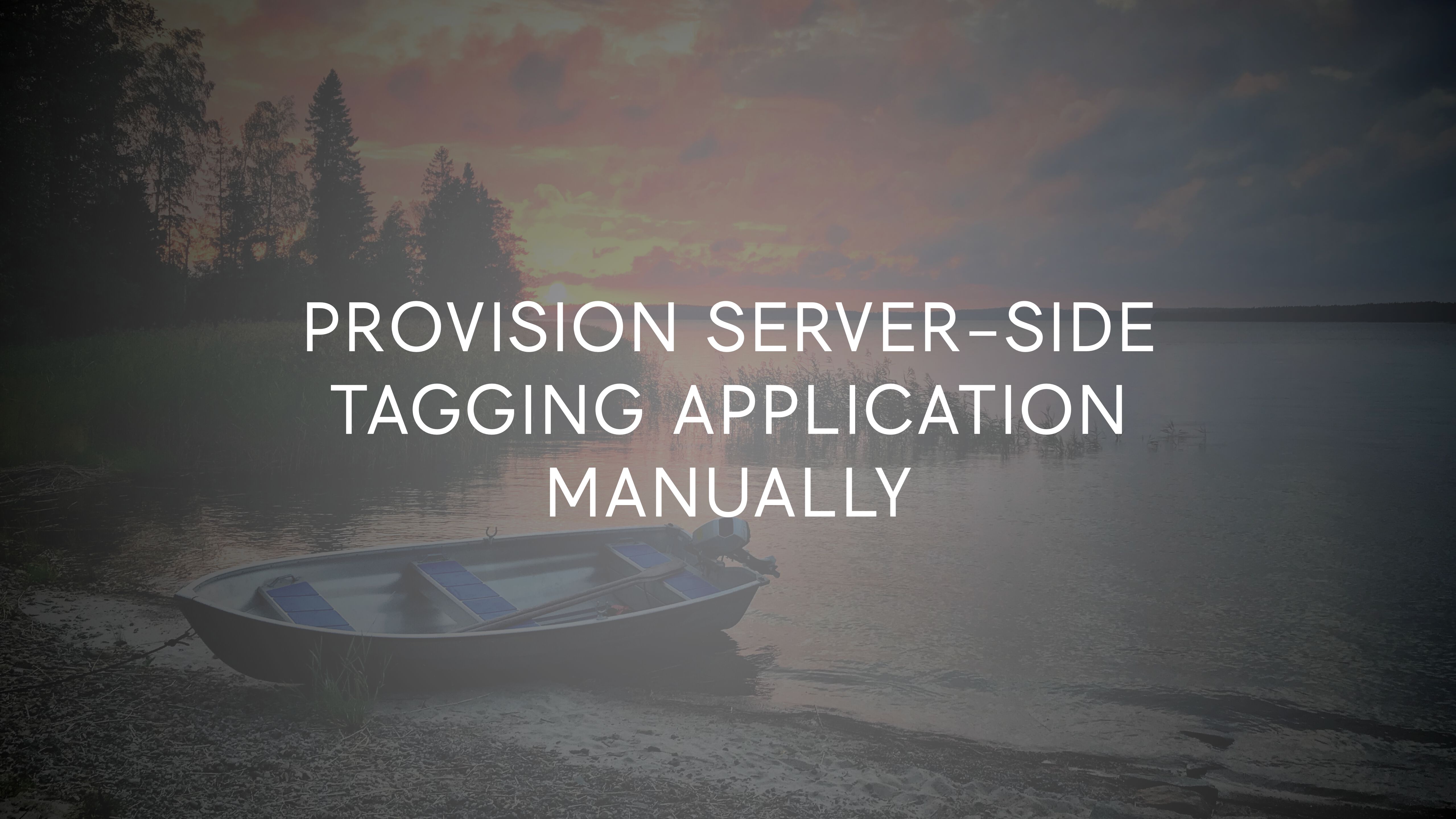The FPID cookie in server-side tagging for Google Tag Manager is an HttpOnly, server-managed ID cookie that’s designed to replace the JavaScript-managed _ga cookie used by Google Analytics 4 and Universal Analytics.
For more details about the cookie itself, check out my previous article on FPID.
In that article, I mentioned one caveat for adopting FPID being the fact that cross-domain tracking will not work.
I mean, how could it? FPID is an HttpOnly cookie, which means it’s not available to JavaScript in the browser.
The Simmer Newsletter
Subscribe to the Simmer newsletter to get the latest news and content from Simo Ahava into your email inbox!
One of the biggest blockers for Google Tag Manager’s server-side tagging to slip out of beta is Google Ads. Until server-side tagging supports a solution for both conversions and remarketing capabilities to be reproduced server-side, it’s unlikely that Server containers will lose their beta label.
While I can’t say what will happen to the beta label now, the fact is that Google Tag Manager has now released support for Conversion tracking using server-side tagging.

Since Google Tag Manager released the manual setup guide for server-side tagging, my mind has been spinning with the idea of walking through the deployment into Amazon’s AWS.
I personally prefer Google Cloud Platform over AWS, because I think it’s so much more user-friendly. Even though in this guide we’ll be utilizing one of the simplest AWS services, Elastic Beanstalk, the deployment is still much more complex than if you were to use GCP’s App Engine.

Last updated 1 December 2023: New consent signals added
Ever since Google Analytics released the first features of consent mode, I’ve been anxiously waiting for news about a more tightly-knit integration with Google’s preferred implementation solution: Google Tag Manager.
In a recent release, Google released a veritable cornucopia of new features that should assist in determining and implementing consent not just across Google tags, but any tags running in the container.

Last updated: 18 October 2021. Peview works now with the proxied container even if the container ID is overridden..
While server-side tagging already has a wonderful built-in Client for proxying the Google Tag Manager container via your own first-party domain, it’s not perfect.
The main issues are that it doesn’t let you delimit access on a per-origin basis, so requests for the allowlisted container IDs can be sent from anywhere, and that it doesn’t let you freely choose the path via which the container ID is loaded.

I’ve written about Google’s reCAPTCHA v3 before. It’s a verification API, which analyzes the signals fed into it and returns a bot score, based on how “bot-like” the hits are.
It’s a great way to validate whether or not to collect data from certain sources that exhibit bot-like behavior. You’ll want to ignore those in your analytics tools, for example, as they tend to add a lot of (unrealistic) noise to the data set.

The automatic provisioning process of the Google Tag Manager server-side tagging service is extremely useful.
With just a few clicks of the button, you can have a fully functional (albeit limited to testing use) server-side tagging endpoint on the Google Cloud Platform (GCP).
For a video overview of the automatic deployment, see this video.
However, the automatic provisioning process creates a new Google Cloud Platform project and, at the time of writing, always deploys the App Engine application (on which the tagging server runs) in the us-central-1 GCP region.

